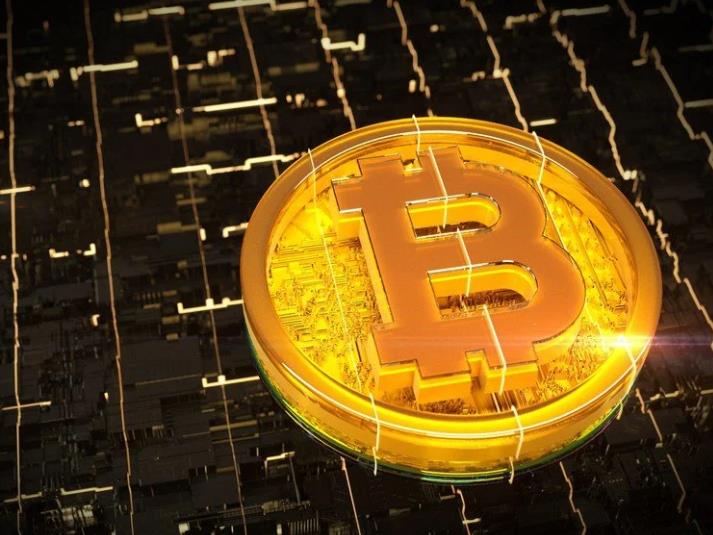In a recent interview with Blockstream CEO Adam Back, he addressed the confusion many new investors have about the relationship between Bitcoin mining costs and market value.
Baker clarifies that the labor value fallacy correctly observes that something’s high production cost does not necessarily mean it is valuable to buyers. However, this fallacy is often misunderstood in the context of Bitcoin BTC -5.96%.
Barker emphasized that Bitcoin is the ultimate hard currency and digital commodity, and its value is completely determined by the market, through the discovery of prices in the free market and the impact of supply and demand on traders. Like other commodities, mining becomes more profitable when prices rise, leading to more investment in mining.
An increase in Bitcoin mining pushes up the global hashrate, chasing the same daily minable coins, reducing profits until an equilibrium is reached.
The cost of mining Bitcoin is not arbitrary, but driven by basic economic principles, the cost of production. This cost includes the energy required to mine bitcoins, as well as the specialized hardware and labor required.
These costs help ensure the scarcity and security of Bitcoin, making it a unique store of value in the digital world.
Adam Back reiterated that Bitcoin is a digital commodity, not a currency in the traditional sense. Its value is not determined by any government or central authority, but by the free market, making it a decentralized and independent store of value.






